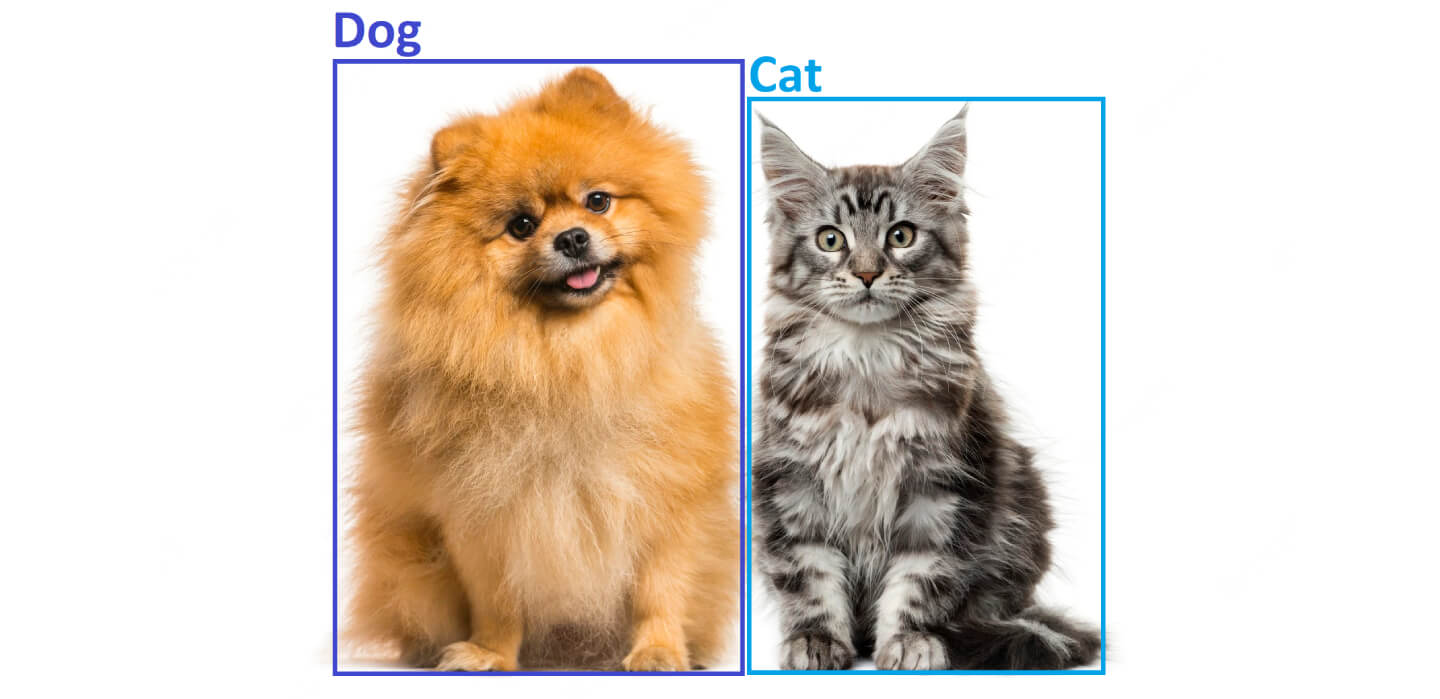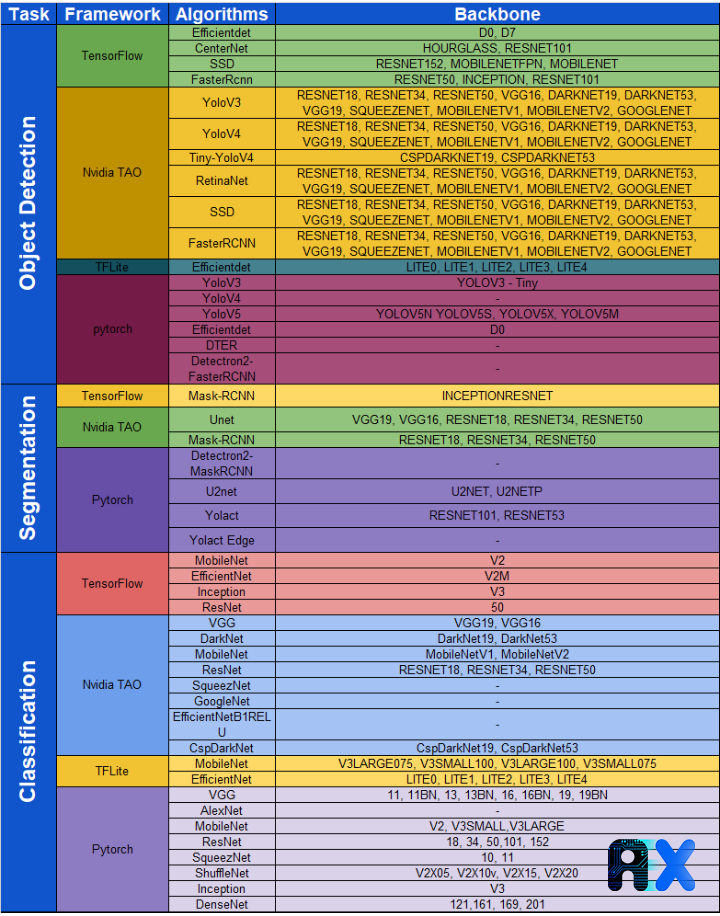Contact Info
133 East Esplanade Ave, North Vancouver, Canada
Expansive data I/O tools
Extensive data management tools
Dataset analysis tools
Extensive data management tools
Data generation tools to increase yields
Top of the line hardware available 24/7
AIEX Deep Learning platform provides you with all the tools necessary for a complete Deep Learning workflow. Everything from data management tools to model traininng and finally deploying the trained models. You can easily transform your visual inspections using the trained models and save on tima and money, increase accuracy and speed.
High-end hardware for real-time 24/7 inferences
transformation in automotive industry
Discover how AI is helping shape the future
Cutting edge, 24/7 on premise inspections
See how AI helps us build safer workspaces

Object detection is focused on identifying objects of interest in digital images using a computer vision model. Self-driving cars, biometric authentication, and other advanced technologies are all largely based on object detection algorithms. Here we have a picture of a dog and a cat, with white backgrounds. The object detection method places a box around each object and labels them.
In order to draw a box around the object, we need four points for four corners of the box. The Regression Algorithm takes care of these calculations and the Classification Algorithm determines what the inside object is.

The model described above works well as long as there is one object in the image. But a practical algorithm should be able to detect unlimited objects in any image. Therefore, our algorithm must be able to detect all objects and draw multiple boxes with different dimensions (also known as windows) around them. There are two general methods to determine the right window size. Both of these methods use different classes of object detection algorithms.
The first type of these algorithms first uses classical CV methods to scan the image and select regions with a high probability of an object present. Then an object detection algorithm consisting of several regression and classification models labels the object inside selected regions. These types of algorithms are categorized under the “two-stage” method; they are often more accurate but slower than one-stage methods.
The second type of object detection algorithms examines and detects objects only in specific places and sizes. These locations and sizes are strategically chosen to cover as many scenarios as possible. The algorithms in this group usually divide an image into several sections of a specific size and assume a certain number of objects in each area, each of which has a predetermined shape and size. Algorithms in this category are called “one-stage” methods, examples include YOLO, SSD, and RetinaNet. In general, one-=stage algorithms are faster but less accurate.
The AIEX platform provides a variety of object detection algorithms in several frameworks, which can easily be used without any coding knowledge.
Table1: The AIEX object detection algorithms

Let’s take a closer look at one important algorithm from each group.
R-CNN, or “Regions with CNN Features”, is a group of object detection algorithms Three most important algorithms in this family includes: R-CNN, Fast-RCNN, and Faster-RCNN. A 2014 paper by Ross Girshick, et al. from UC Berkeley describes the R-CNN algorithm as “Rich feature hierarchies for accurate object detection and semantic segmentation.” In light of R-CNN’s great success, Ross Girshick proposed a faster version in a 2015 paper, called “Fast R-CNN.” The model’s training and detection speed, and model architecture were further improved by Shaoqing Ren, et al., in their 2016 paper, “Faster R-CNN: Towards Real-Time Object Detection with Region Proposal Networks.”. Our white papers will provide more details about these algorithms, their architecture, and their implementations.

“You Only Look Once” is another popular object detection model developed by Joseph Redmon et al. In 2016, Joseph Redmon and Ali Farhadi updated the model to further improve its performance in their paper “YOLO9000: Better, Faster, Stronger.” In their 2018 paper titled “YOLOv3: An Incremental Improvement,” Joseph Redmon and Ali Farhadi proposed improvements to the model, including a deeper feature detector network and minor representational changes. The YOLO algorithm is maintained by a team who have now released YOLOV7, but the original authors are not involved with it anymore. Our white papers will provide more details about these algorithms, their architectures, and their implementations.
You can enter your email address and subscribe to our newsletter and get the latest practical content. You can enter your email address and subscribe to our newsletter.
© 2022 Aiex.ai All Rights Reserved.